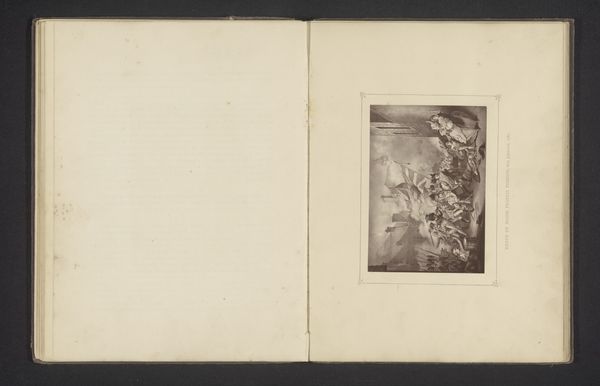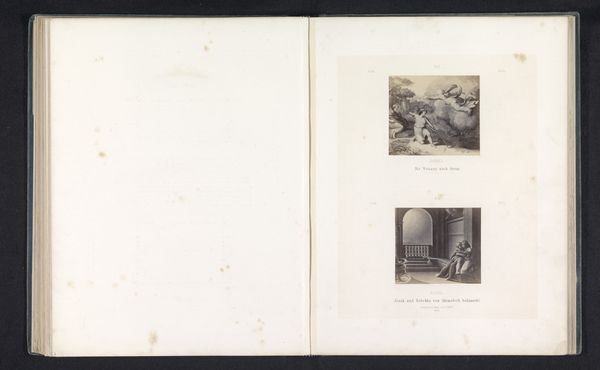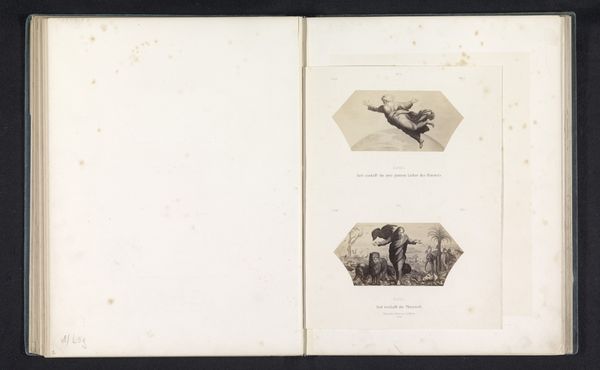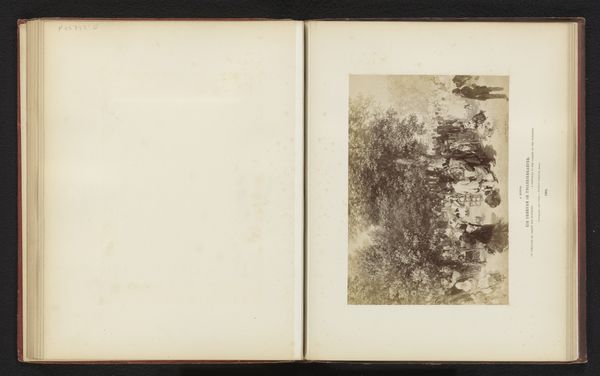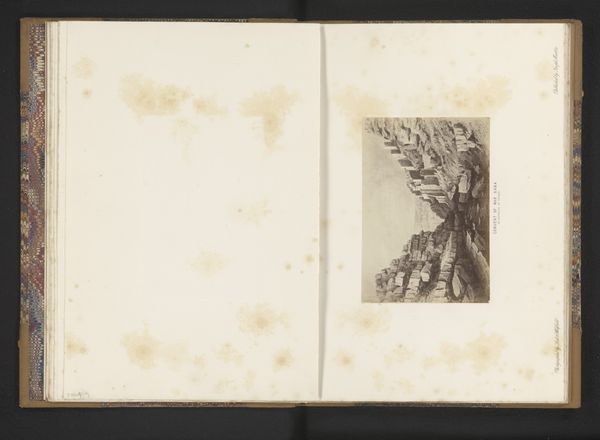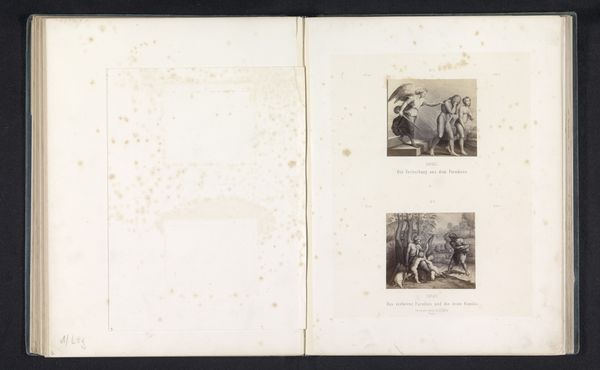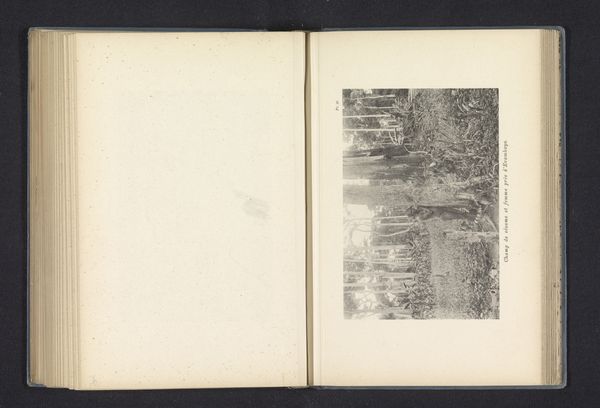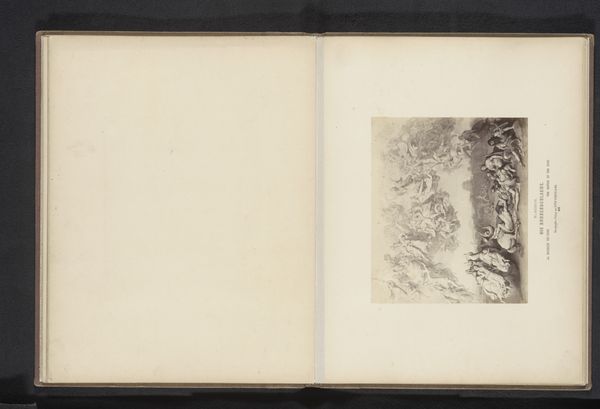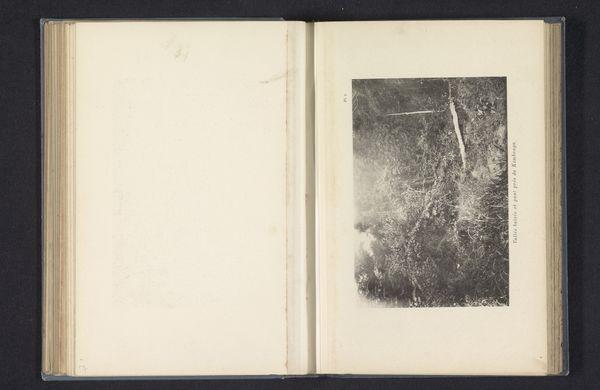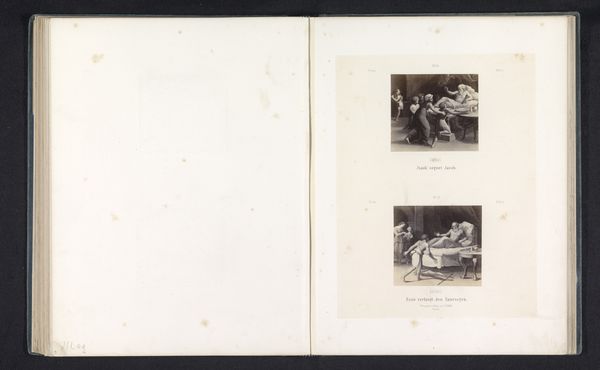
Fotoreproducties van prenten naar fresco's met voorstellingen van Jacobs droom en Jacobs ontmoeting met Rachel door Rafaël voor de loggia's in het Vaticaan before 1861
0:00
0:00
print, paper, engraving
#
ink paper printed
# print
#
landscape
#
paper
#
italian-renaissance
#
engraving
Dimensions: height 325 mm, width 250 mm
Copyright: Rijks Museum: Open Domain
Editor: Here we have "Photographic Reproductions of Prints Based on Frescoes Depicting Jacob's Dream and Jacob Meeting Rachel by Raphael for the Vatican Loggias", created before 1861 by Gustav Schauer. They appear to be prints on paper. It's interesting how these famous frescoes have been translated into a completely different medium. How would you interpret this work based on its formal qualities? Curator: Certainly. Focusing on the materiality, we see engravings translated onto paper, emphasizing line and value rather than color. The texture introduced by the printmaking process gives these works an individual quality different from the smooth surface of the frescoes. The scale difference, too, transforms these grand narratives into intimate, reproducible images. Editor: So, the change in size and material significantly changes how we experience them. Are you suggesting this impacts our understanding? Curator: Precisely. The original frescoes were designed to fill a specific architectural space, directing the viewer’s gaze within the Vatican Loggias. These prints, divorced from that context, invite close inspection of the linework and composition of Raphael's design elements. How does the absence of color, only a monochromatic tonal variation, influence your appreciation? Editor: I suppose I hadn't considered that before. Without the colors, the focus really does shift to the contrast and lines. Curator: Notice the varying line weights and hatching techniques used to create depth and form. The engraver translated the frescoes into a language of line, showcasing a mastery of their own craft. Each line seems carefully placed to evoke the luminosity and spatial depth found in Raphael’s originals. Do you find a loss or gain in this shift? Editor: It is interesting to notice all these minute details. I think I initially perceived a loss, but now I'm noticing unique artistic skill and decision-making that I hadn’t initially appreciated in the fresco itself. Curator: And that, in itself, speaks to the transformative power of form. It seems to indicate how we might examine changes in context to explore layers of artistic endeavor within an image.
Comments
No comments
Be the first to comment and join the conversation on the ultimate creative platform.
